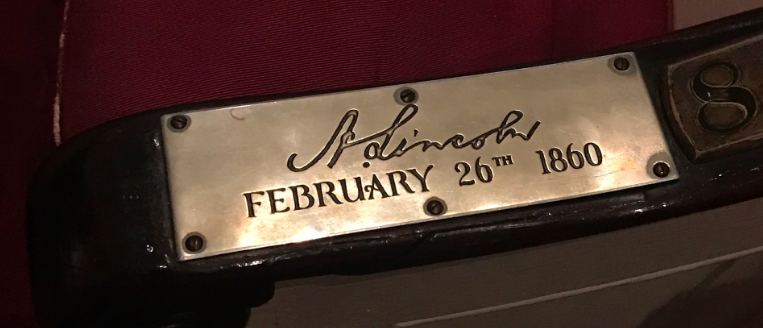John Roebling the engineer and architect of the Brooklyn Bridge had already been a prominent designer of suspension bridges before his great bridge connecting the cities of New York and Brooklyn. He was also a manufacturer of twisted wire rope used for suspension bridges. His factory was based in Trenton, New Jersey. He designed the Niagra River Gorge Bridge in 1885, the Sixth Street Bridge in Pittsburgh, Pennsylvania in 1859, and the Covington-Cincinnati Bridge now known as the John A. Roebling Bridge Suspension Bridge in 1867, just two years before the Brooklyn Bridge started construction. That last bridge had been the longest suspension bridge in the world at 1057 feet for the main span before the Brooklyn Bridge was completed in 1883 with its main span at 1595.5 feet.
Brooklyn Bridge Designer John Roebling’s Other Bridges
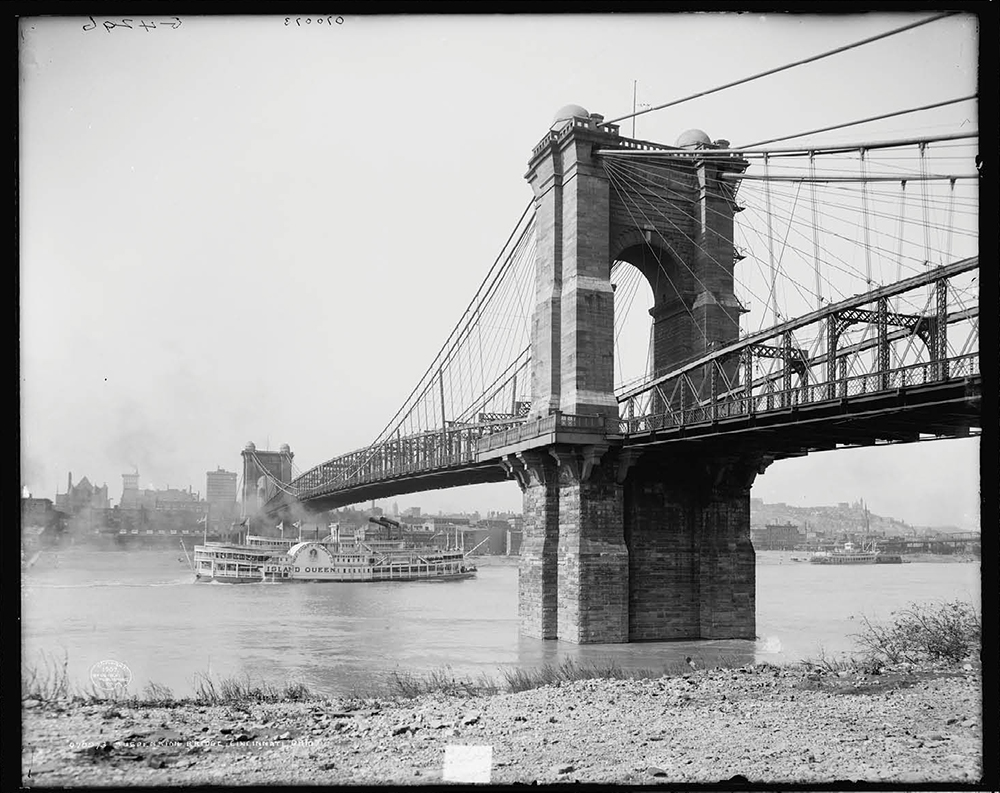


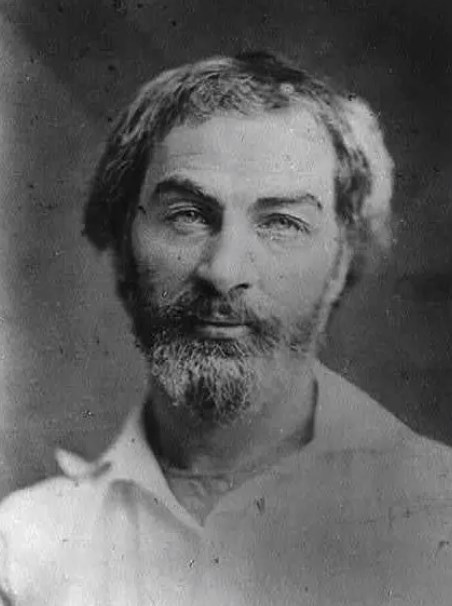
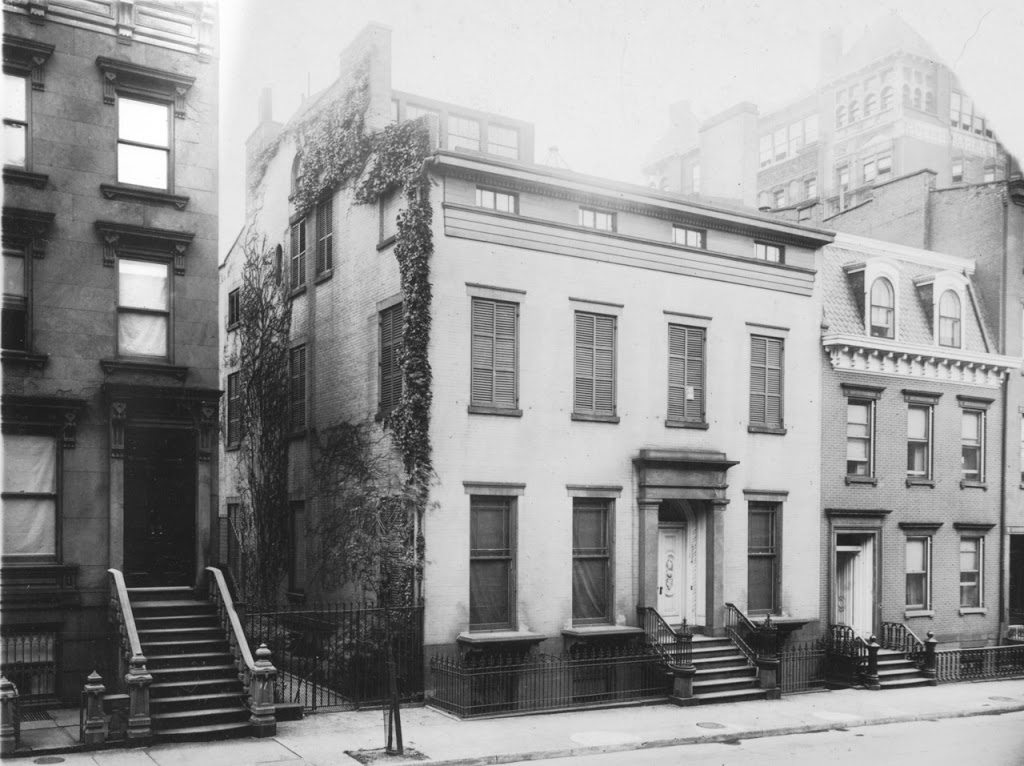
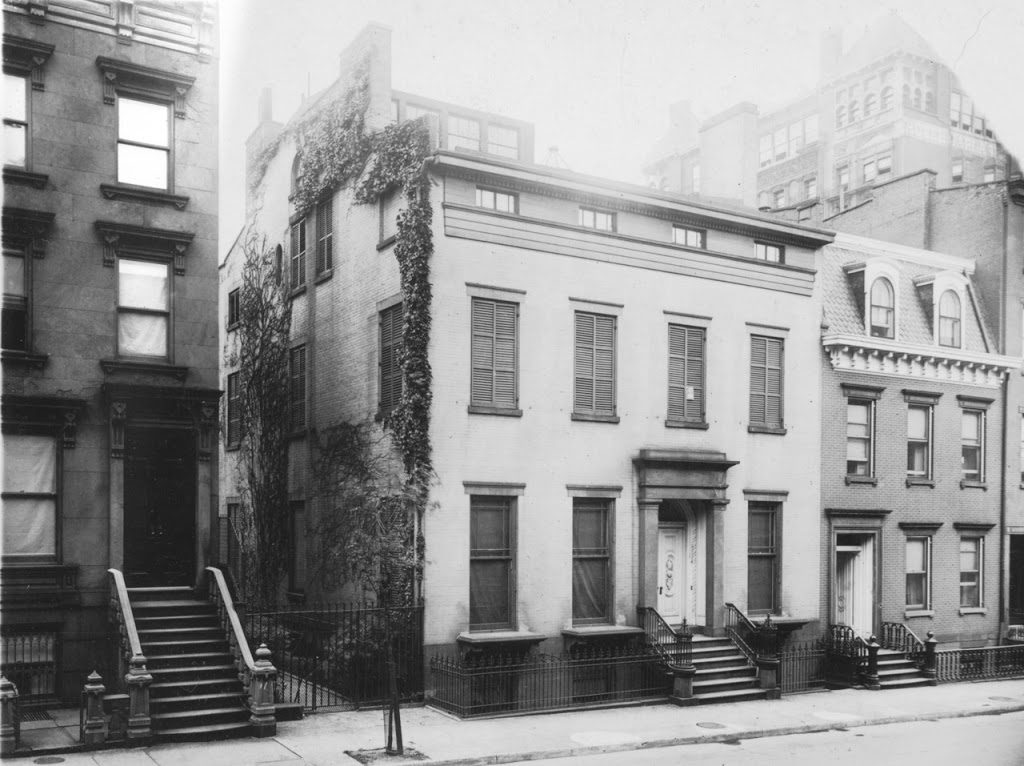 On the Brooklyn Revolution walking tour, highlighting some of the best that Brooklyn has to offer, one of the most popular sites is the former home of Truman Capote, where he worked on two of his greatest works: “Breakfast at Tiffany’s” and “In Cold Blood.” The house is on 70 Willow Street. From 1955-1965, Capote rented space on the basement level from Oliver Smith, the famed Tony Award-winning Broadway scenic designer. George Plimpton, who was a visitor, wrote that “when friends came to call, [Capote] often took them on a tour of the entire house (when Smith was not at home) and said it was his house, all his, and that he had restored and decorated every room.” In February 1959, Capote penned “Brooklyn: A Personal Memoir” for “Holiday” travel magazine in which he begins:
On the Brooklyn Revolution walking tour, highlighting some of the best that Brooklyn has to offer, one of the most popular sites is the former home of Truman Capote, where he worked on two of his greatest works: “Breakfast at Tiffany’s” and “In Cold Blood.” The house is on 70 Willow Street. From 1955-1965, Capote rented space on the basement level from Oliver Smith, the famed Tony Award-winning Broadway scenic designer. George Plimpton, who was a visitor, wrote that “when friends came to call, [Capote] often took them on a tour of the entire house (when Smith was not at home) and said it was his house, all his, and that he had restored and decorated every room.” In February 1959, Capote penned “Brooklyn: A Personal Memoir” for “Holiday” travel magazine in which he begins: